Jan23 – we headed north again, to Paihia, which is one of the main towns in the Bay of Islands area that is famous for its sailing, sport fishing and cultural heritage.
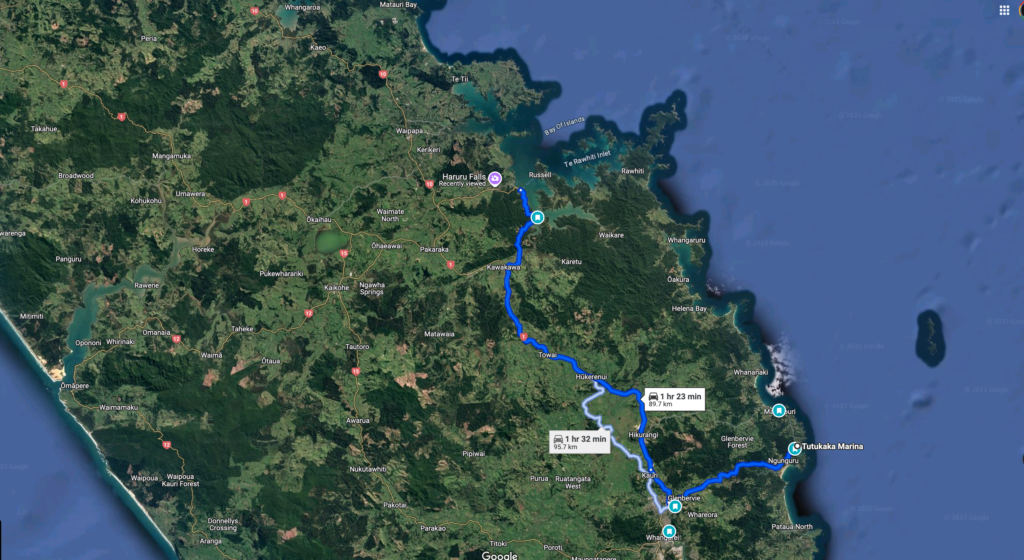
On the way, we stopped to see what is supposed to be the longest footbridge in the southern hemisphere.
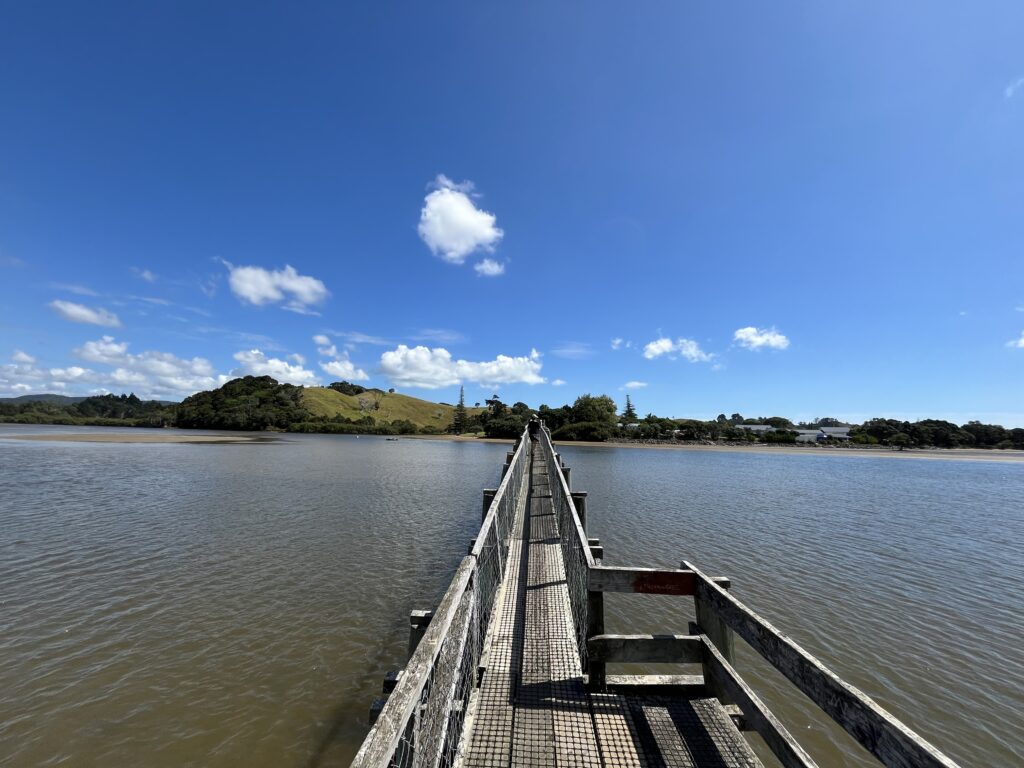
This was about half way across the 395 meter span.
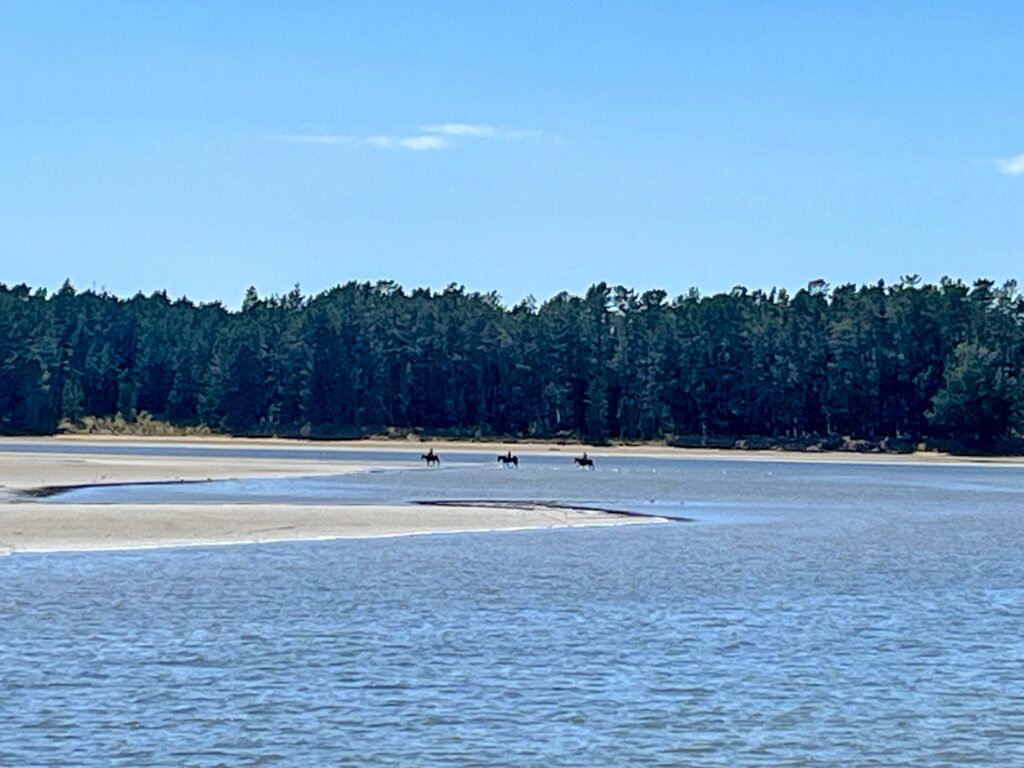
Paihia is a beach town, with many cafes, tourist hotels, day cruises and even helicopter rides.
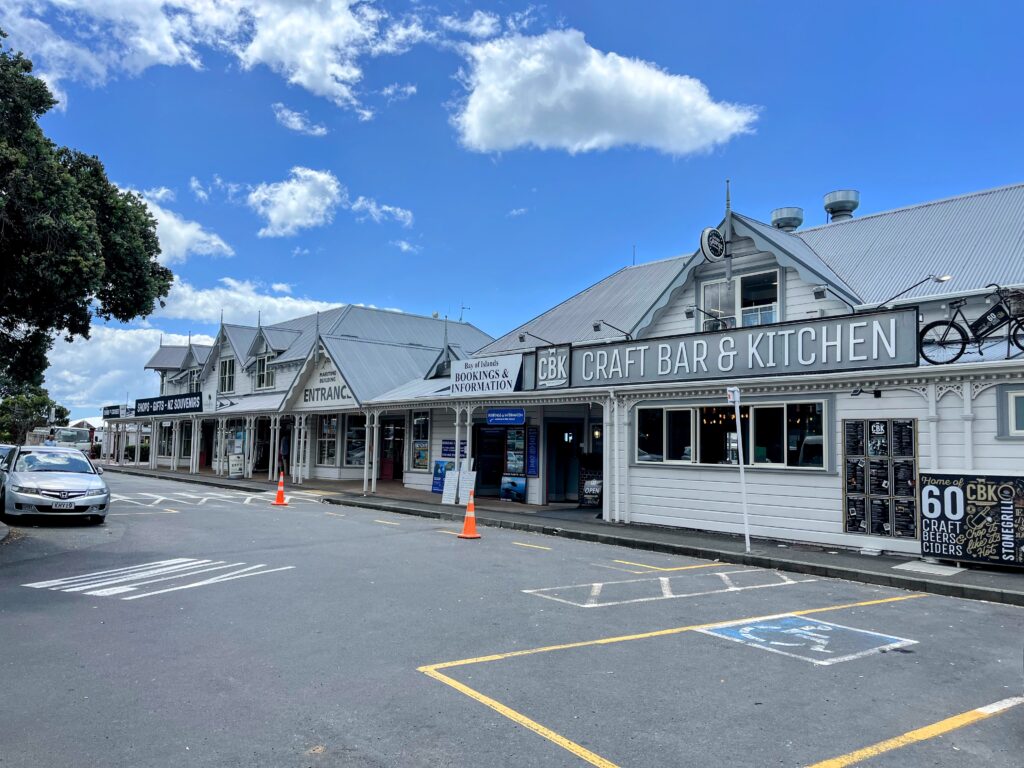
We arrived near the end of “Sail Week” where it seems like everyone with a sailboat in NZ is out on the water for regattas and fun sails.
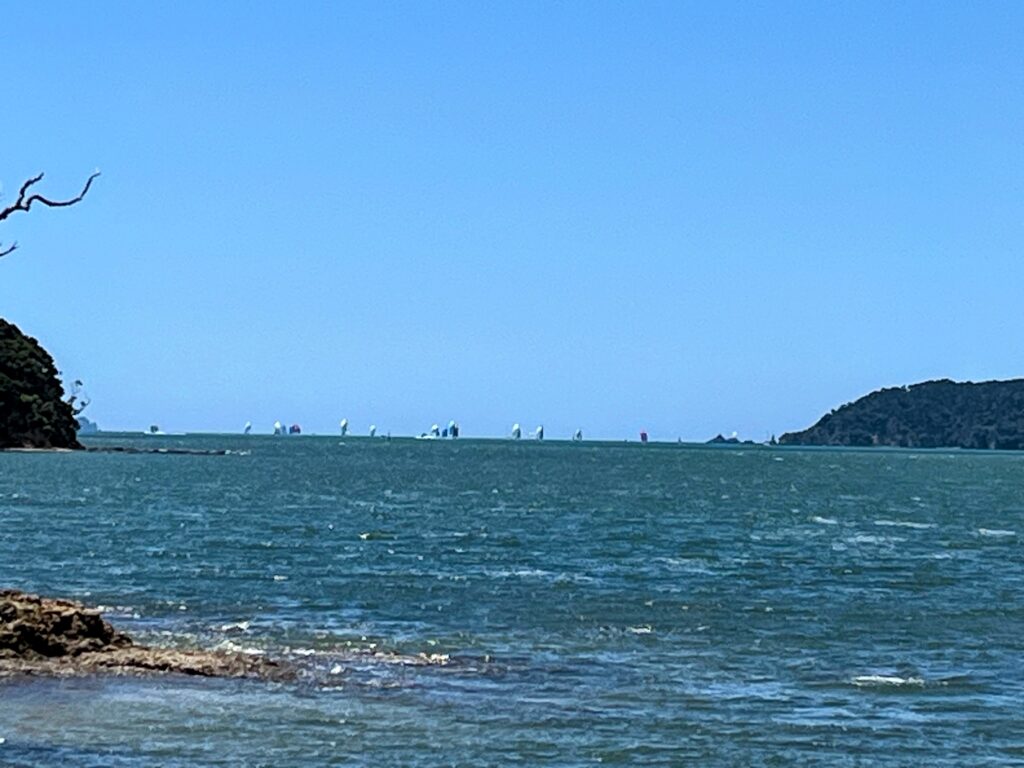
Many colorful sails all day. The bay had many mooring balls, mostly taken by boats of all sizes, but a few free, and boats moving in and out all day.
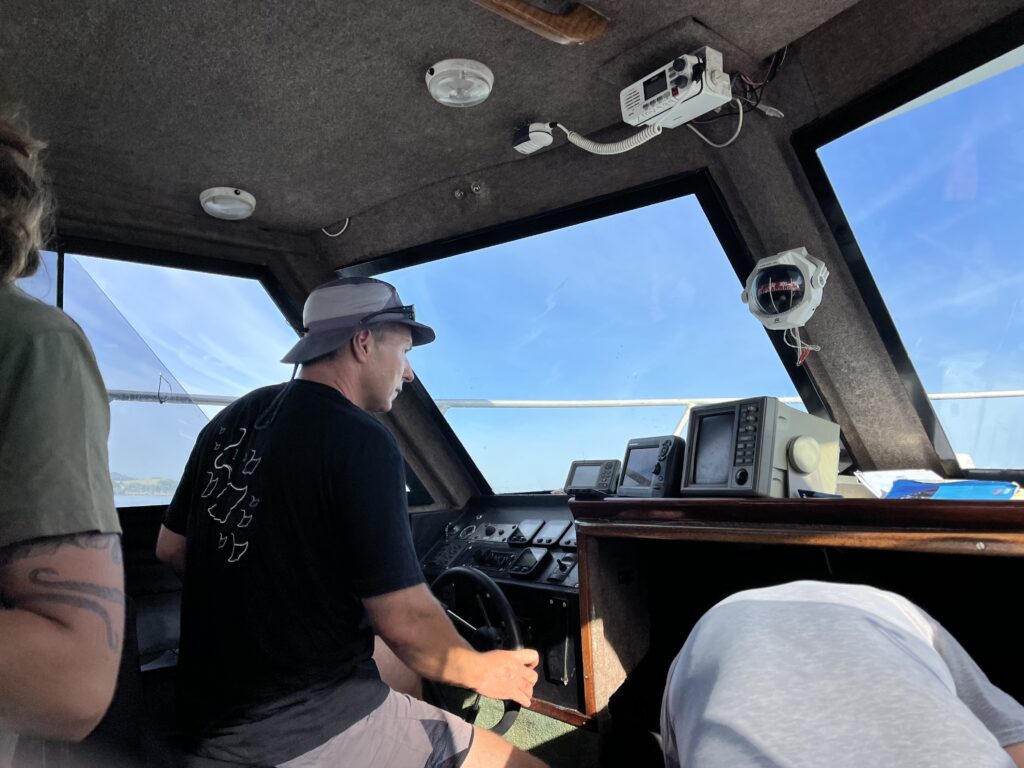
Hamish (which I learned is Scottish / Celtic for James) was our skipper on a two dive day-trip with Paihia Dive. Great guy and he has a well run organization.
The photos below are a combination from this trip and our earlier trip to Poor Knights Islands from Jan22. The water was a bit warmer here in the Bay of Islands and the visibility in the water was about the same in each location, around 20 ft. Both have lots of kelp, but it is not like the kelp forests I am used to in the Monterey Bay area of California, where the kelp is often up to 20 ft high. Here it was generally 2 to 6 ft tall. In the right places, you could “tunnel down” through the top leafy area to the lower part where it is mostly the stalks. There, you can pick your way through, seeing a different set of fish and bottom-dwellers, taking care not to let your hoses and straps get caught on the kelp.
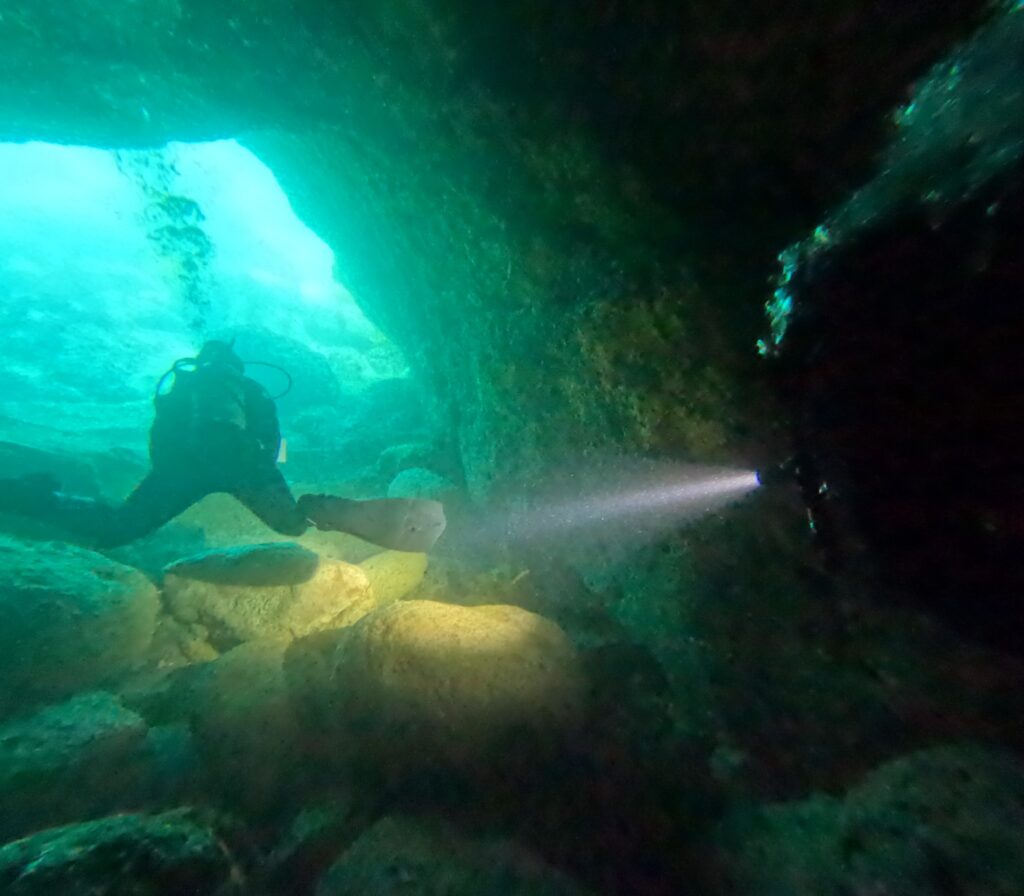

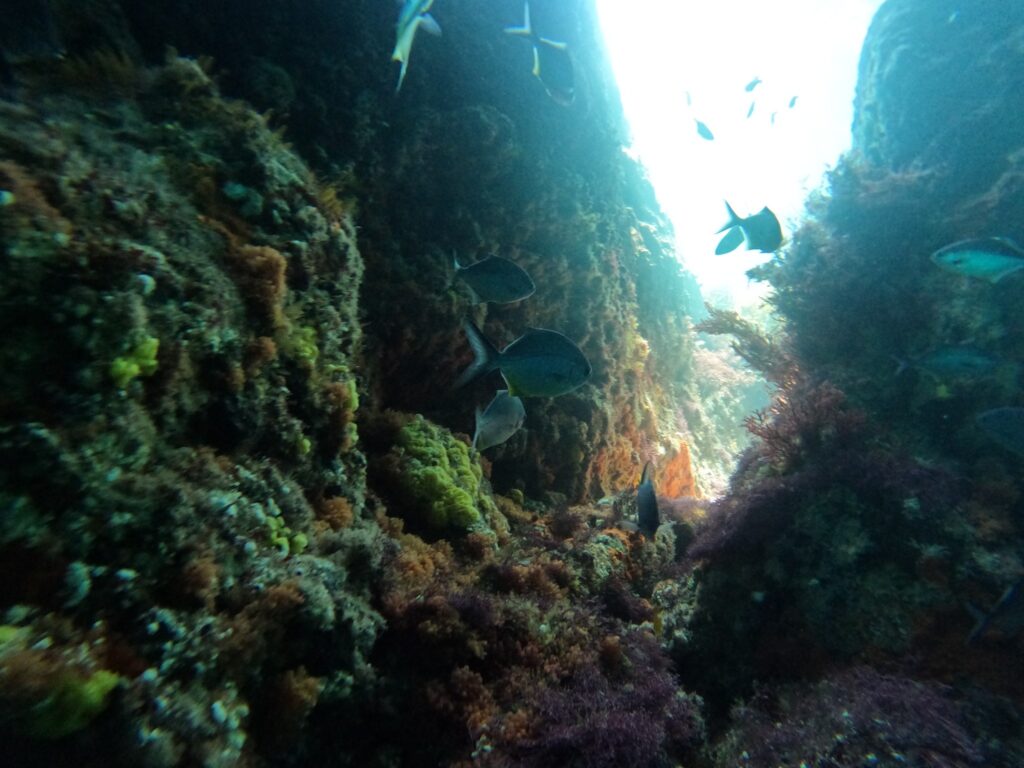
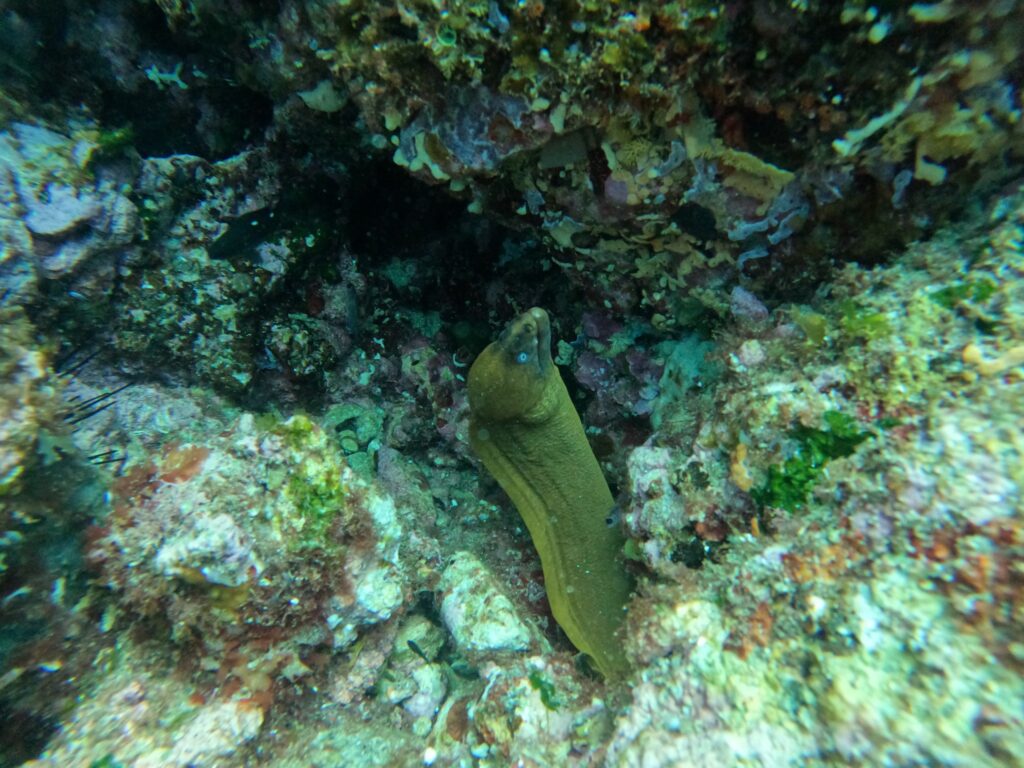
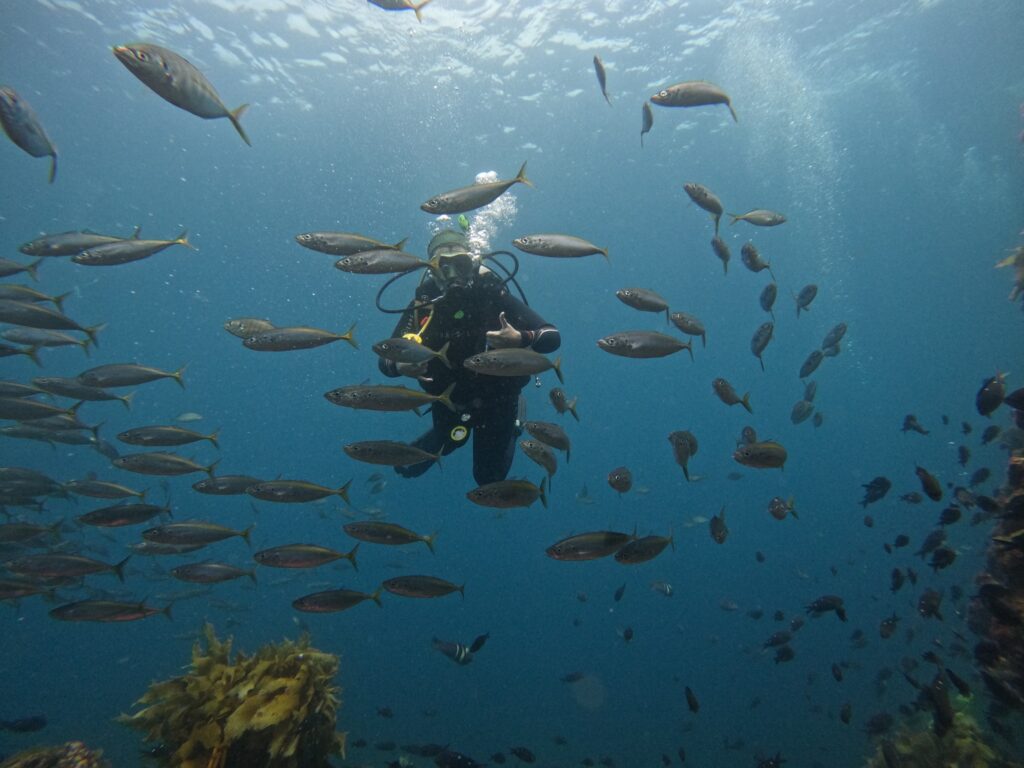
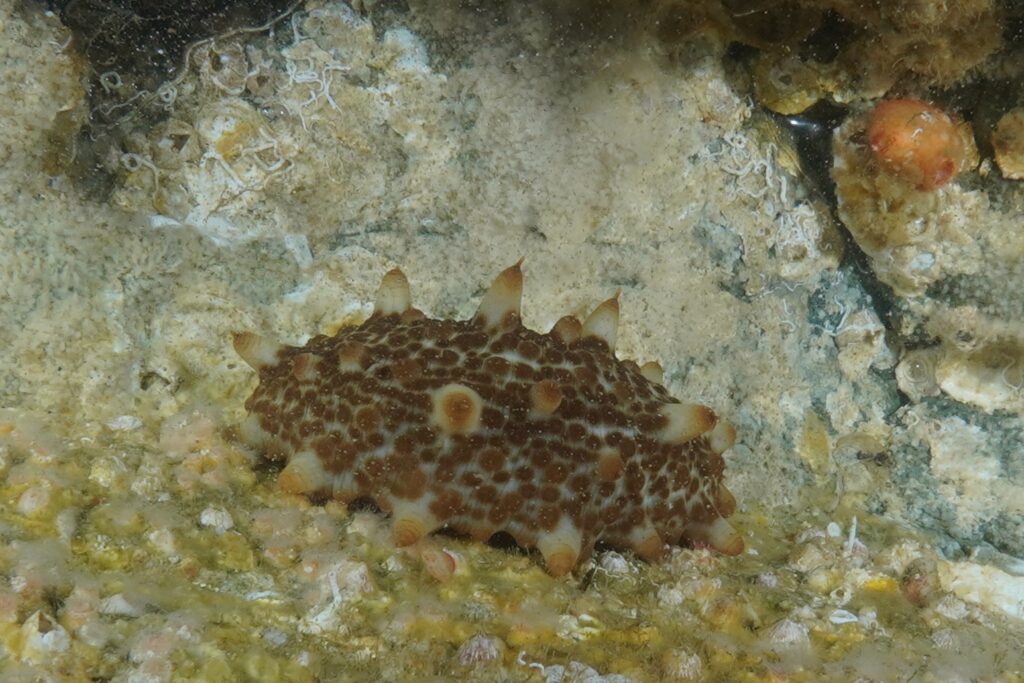
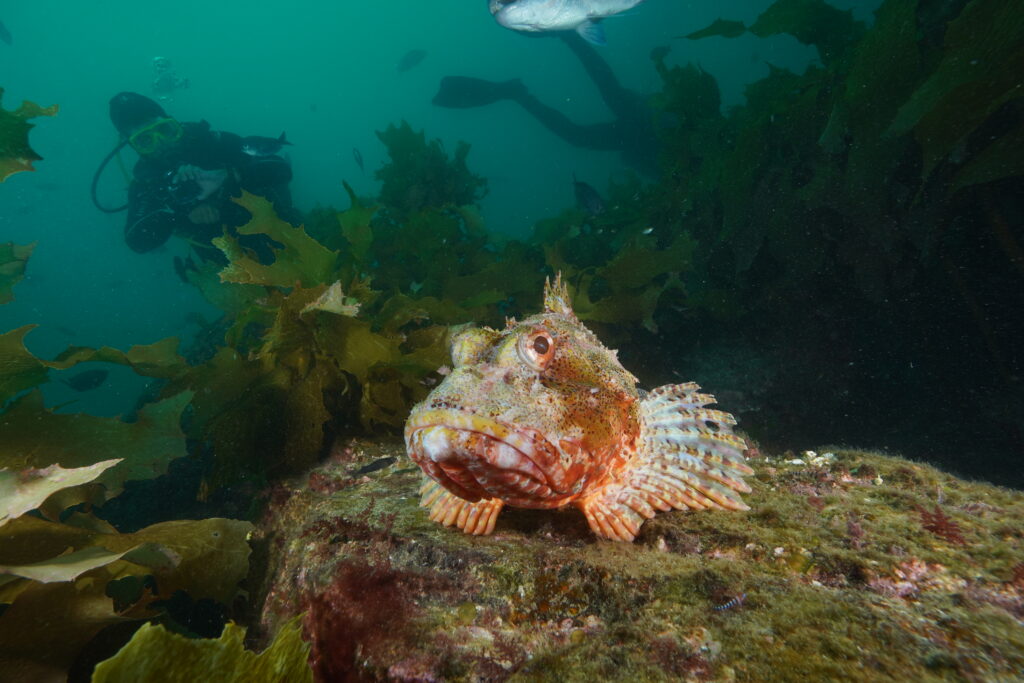
The next day, we went to the Waitangi Treaty Grounds, where the “Founding document of New Zealand” was signed in 1840. It established that the Maori were a sovereign and independent nation, that they make their own rules and own the land but can sell to others. It also stipulated that they had the protection of the British Crown and all the rights and responsibilities of any English Citizen. More than 40 chiefs signed that day. The treaty was then taken around NZ and presented to other chiefs. In the end, over 500 signed and a few refused.
This was a unique document, unlike any that had been agreed in any other British Colony. Although it was often violated by individual settlers, and sometimes by the official governors and representatives of the crown, it is, to this day, considered to be a valid legal agreement.
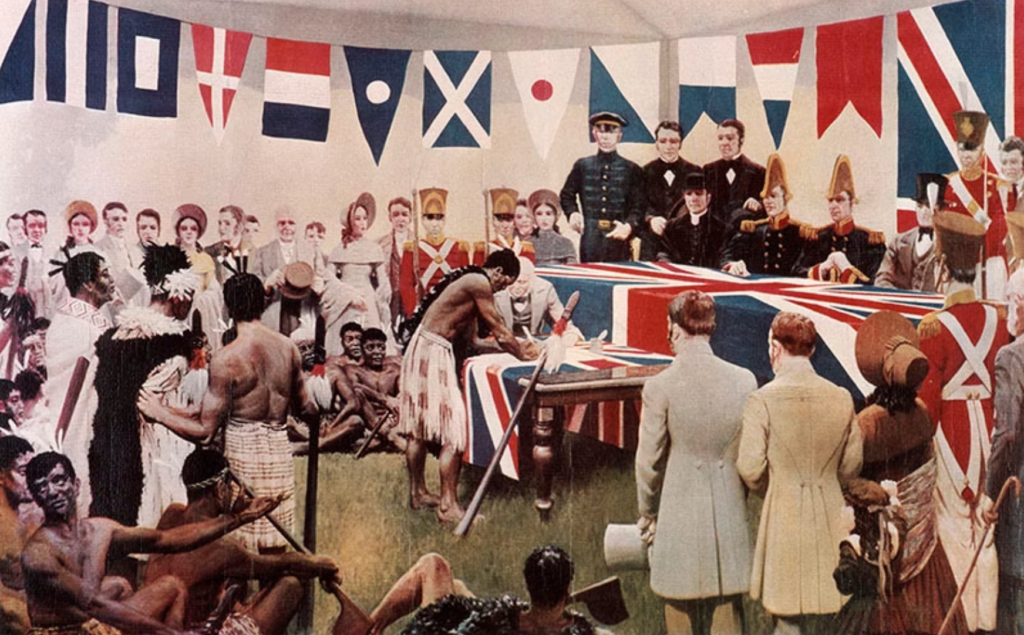
The Waitangi Treaty Grounds are the location where the conference and initial signing occurred. Today, it has a recreation of a ‘traditional Maori meeting house’, a museum, and the largest Waka or dugout war canoe ever built.
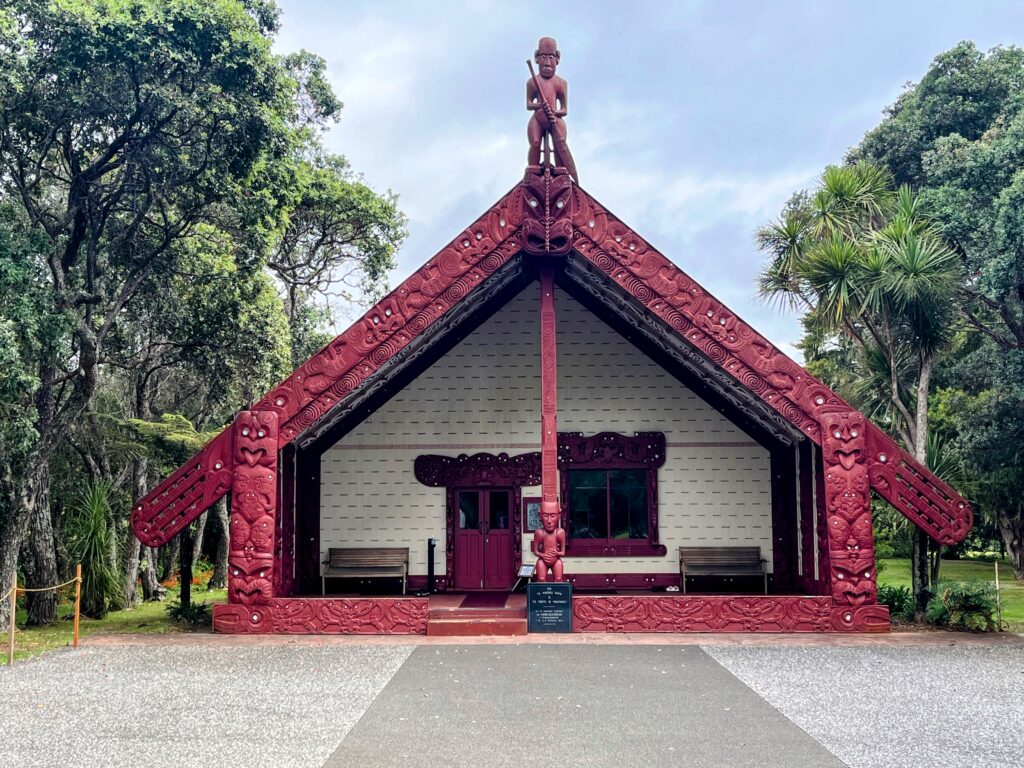
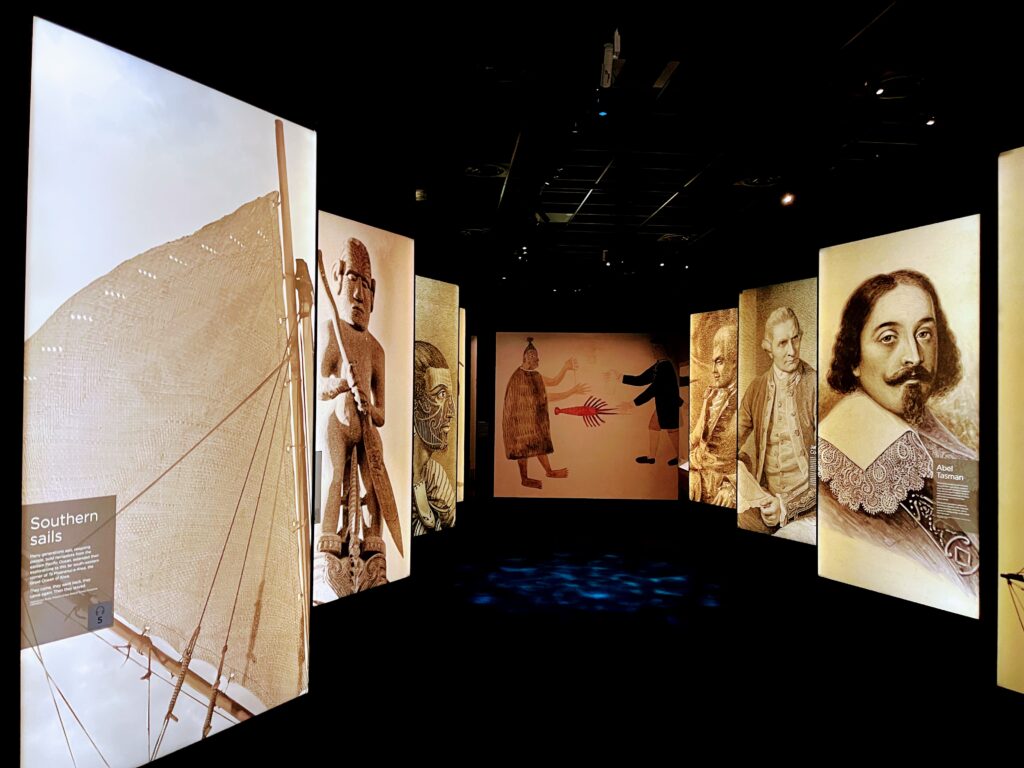
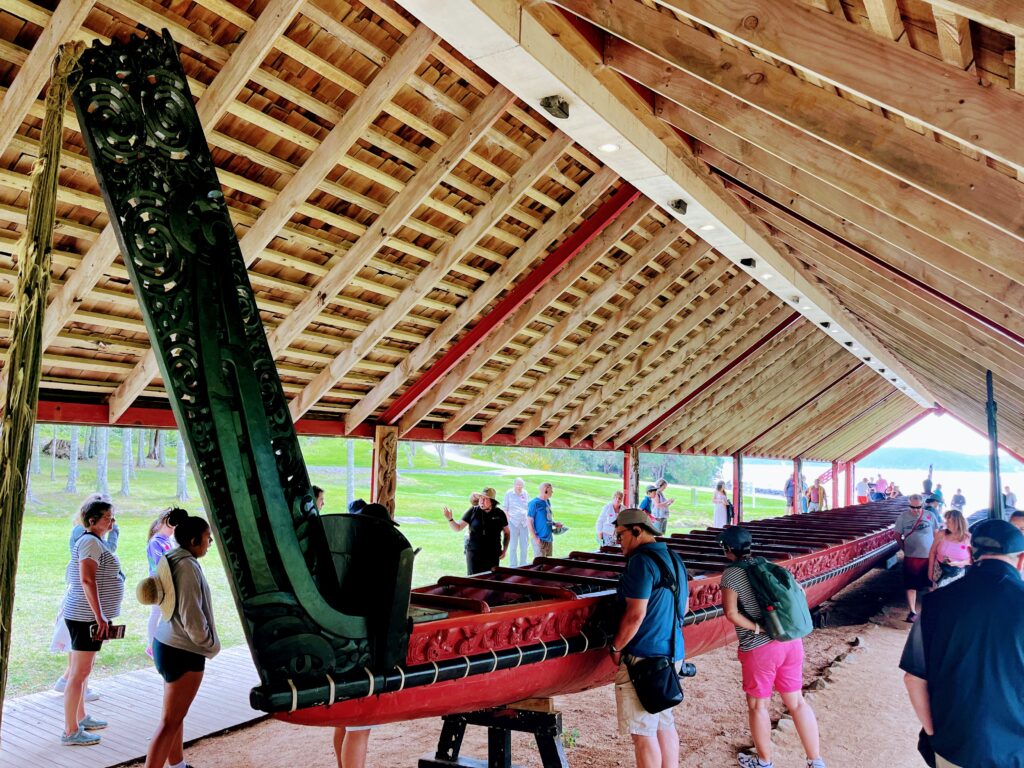
The biggest Maori war canoe
The Waka is large enough (123 ft long) to carry more than 150 warriors, with about half paddling at any time. And it could go really fast – it has been clocked at over 30 km per hour from paddle-power alone!
We really enjoyed the day and learned a lot in the museum. The history of NZ is so different from that of the US or other colonies. Why?
I don’t know, but here are some thoughts:
- Timing. NZ was colonized in the early to mid-19th century. This was later than America, India, South Africa other places colonialized by Great Britan. By this time, Great Britain had learned a lot about the long-term costs caused by not respecting the local population. By 1807, Great Britain had outlawed the slave trade, and by 1838 it was illegal for any British subject to own a slave. Maybe this, and perhaps the influence of some of the missionaries in NZ had some effect as well.
- In NZ, the Maori had strong tribal structures and were skilled warriors. There were more than 80,000 of them and they knew how to defend their people.
- Missionaries established settlements and educated some of the Maori in western ways. Some locals learned the English language, English farming techniques, and some even traveled to England to better understand the new settlers. The result was that many Maori were able to compete in business and attain power in the colonial society.
Still, relations between the Maori and the British have not always gone well. Some Maori retained power and acquired wealth, and by 1867, four seats in the NZ Parliament were reserved for Maori, but by 1900 most of the valuable land was held by Europeans.
Currently nearly 70% of the population is of European and almost 20% is Maori. Maori culture appears to be well represented in NZ today and one can hope that the cultures will continue to blend and enhance each other.
Enjoyed the photos and reading your posts. Love the beautiful places and how lucky to see many Morey eels! I also like how uncrowded things seem. 😉
The people I met there were very committed to maintaining their Māori heritage and told us that the Māori language was recently being taught in their schools.
That’s interesting New Zealand history I never knew. Those British certainly were a colonizing bunch — but considering the size of the UK, it’s actually a bit mind boggling to see how far their colonizing reached.
Very cool. Thanks for sharing!